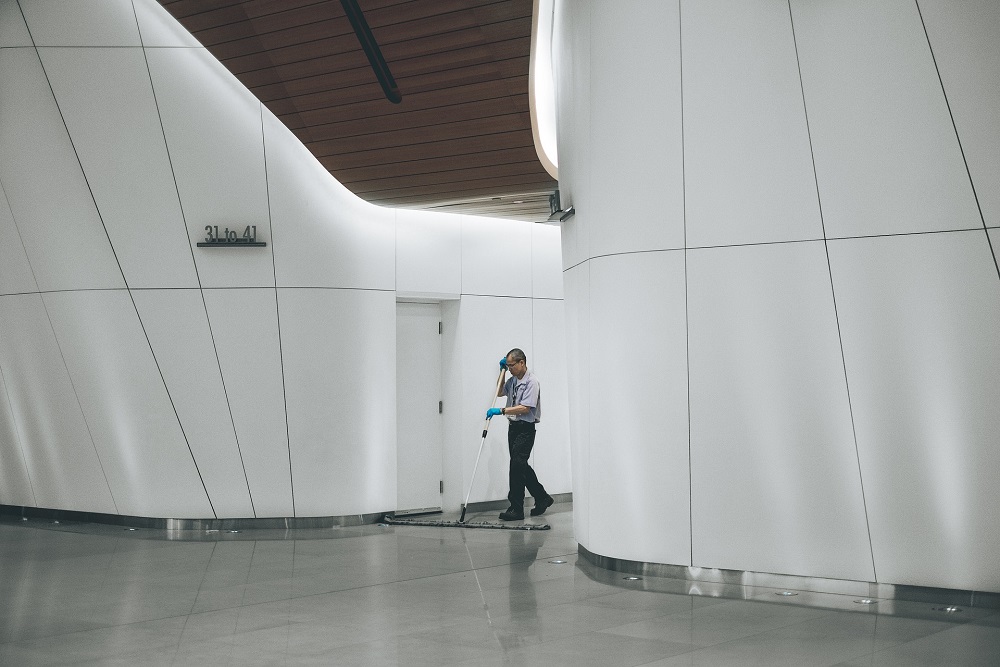China displayed new photographs of the moon taken by the spacecraft Chang’e 4, undertaken on the moon’s far side for eight (8) days. This side of the moon has never been photographed before.
With this feat, China has become a formidable force in the international scene in different sectors such as technology and science.
Chang’e 4 is a robotic spacecraft mission, part of the second phase of the Chinese Lunar Exploration Program.
Its rover and lander have been instrumental in sending the latest photos taken as experiments progressed.
China’s early January journey
Chang’e 4 expedition successfully landed on the moon on January 3, 2019. This was a substantial advancement as it became the first robotic journey to get to the moon’s far side.
A communication relay satellite, Queqiao, was first launched to a halo orbit near the Earth-Moon L₂ point in May 2018.
Some of the findings gained include nights and days each corresponds to nearly two weeks found on earth. Moreover, the nights are frigid.
Nevertheless, the expedition has been progressing quite well despite the brutal conditions.
China’s exceptional Chang’e 4 expedition
On July 9, the seventh workday concluded, and two robots were instrumental in finishing different measurements utilizing radio devices, infrared spectrometers, radiation instruments, and neutron detectors.
They then shut down for two weeks before commencing once more for an eighth workday that began on July 26 and concluded on August 7.
The China Lunar Exploration Project asserted that by this time, the rover had covered eight hundred and ninety (890) feet or two-hundred and seventy-one (271) meters on the moon’s far end.
Interestingly, the moon’s far side is entirely distinctive from the earth’s visible part.
As a result, scientists are puzzled by these differences, but they hope this mystery can be resolved by Yutu 2 rover and Chang’e 4 lander.
Moon’s missions have been carried out by different nations for several purposes. For instance, India intends to get to the moon’s orbit on August 20 through an expedition known as Chandrayaan 2. It is a follow up of Chandrayaan 1 that was pivotal in showing the presence of hydroxyl or water on the moon.
On the other hand, NASA has asked students to be part of a space exploration intended at setting humans to the moon in 2024.







